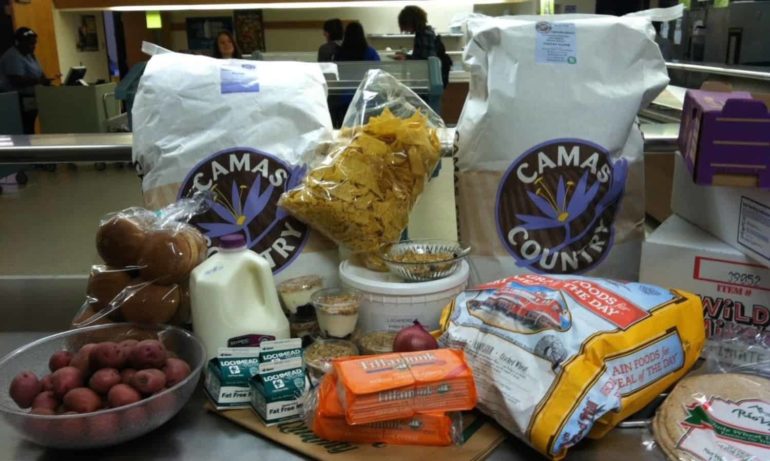Oregon taxpayers are pleased with the US$7.5 million that some Oregon school districts spent on Oregon foods since 2011 with just US$600,000 in state incentive. Now lawmakers have nearly quadrupled the level of support over the next two years and expanded the incentive program to all schools.
County commissioners from Lane County, in Oregon’s Willamette Valley, are among those who made sure state lawmakers understood and acted on the opportunity. The program makes it easier for schools to try Oregon foods, which adds to the larger-scale, wholesale demand that is beginning to move the needle on regional food economy development.
“As a big county, we put our lobbying staff behind the funding expansion,” said commissioner and former state senator Pete Sorenson. “This is cold hard cash in our economy. It’s helping the local food-to-consumer sector grow in our county.”
Lane County economic development officer Sarah Case said food from nearby farms substituting for food from other places is just one way the county can gain.
“Our market analysis found that less than 5 percent of what was being produced locally was staying local,” she said. “Just increasing that number by a few percentage points could have significant impact for our local economy.”
Farm to school sales also feed the growth of needed regional food distribution and processing. In a 2013 national survey, new wholesale intermediaries in the sector, called regional food hubs, reported schools are their third-most common customer after restaurants (#1) and smaller grocery stores (#2).
Farm to school’s health effect is another big incentive for Lane County.
Connie Sullivan is health department liaison to the Lane County Commission. “Commissioners said this is good economics for the community,” she said. “It brings in money. It is also really healthy for people.”
Read the full story at the Good Food Economy Digest HERE.













